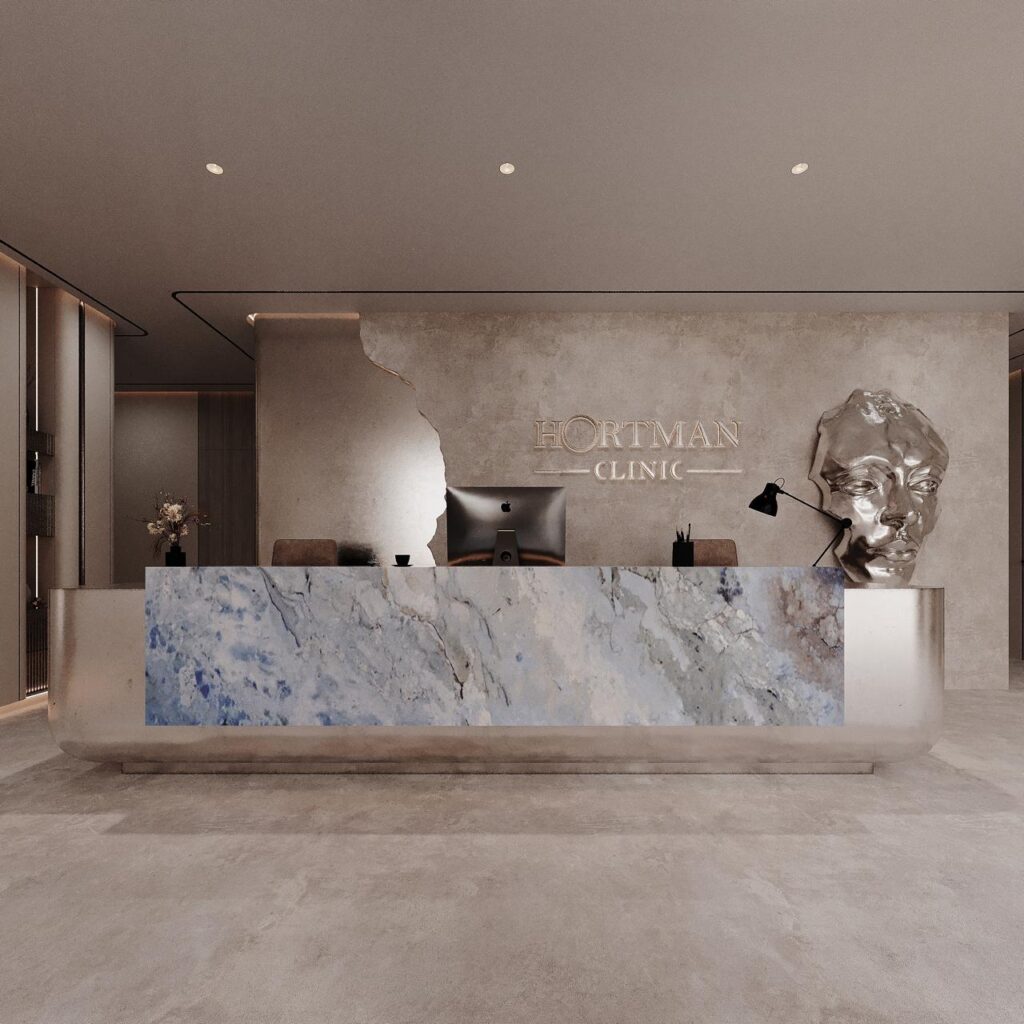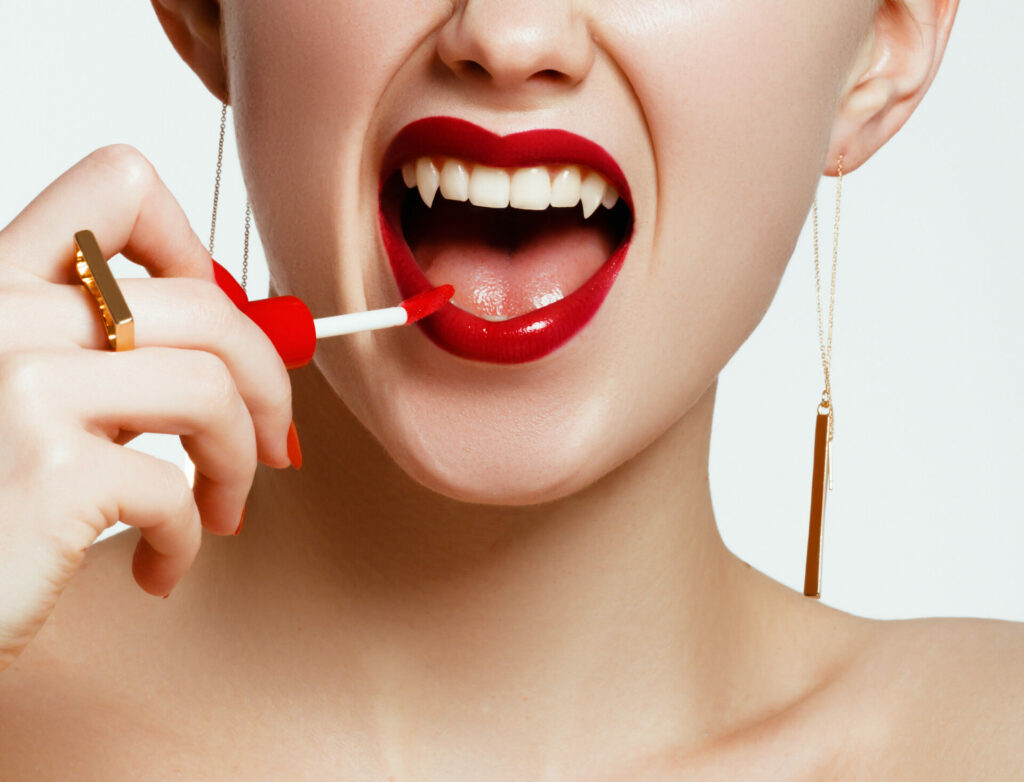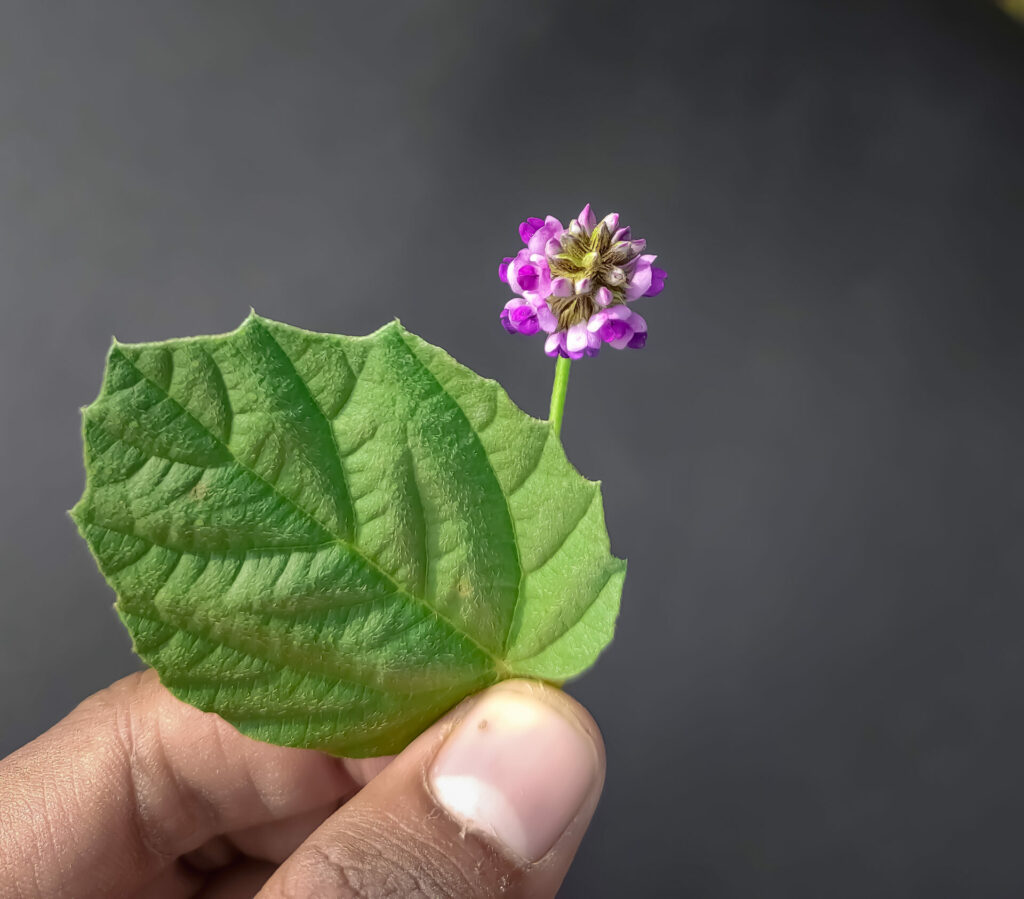The world of aesthetic treatments can feel overwhelming, even for the most beauty-savvy. With new technologies and buzzwords appearing almost daily, from Morpheus8 to Ultherapy and PRP , it can be hard to know where to start, what’s safe, and how to avoid the dreaded ‘overdone’ look.
For Dr. Karem Harb, a leading voice in aesthetic medicine and Medical Director at Hortman Clinics, Dubai, the answer lies in tailoring each plan individually. The Ethicalist went to visit him to learn about the latest treatments, common misconceptions, and how to achieve natural, lasting results.
TE: Many women feel overwhelmed by the sheer number of aesthetic treatments available today. Where should someone begin if they’re just starting their skin journey?
Dr. Karem Harb: The journey begins with a thorough consultation, where we assess the patient’s clinical status, individual needs, and personal expectations. From there, I structure the aesthetic journey around three key pillars: injectables, energy-based devices, and advanced skincare. Each patient receives a fully customised treatment plan, designed to integrate all three pillars for optimal, natural, and lasting results.
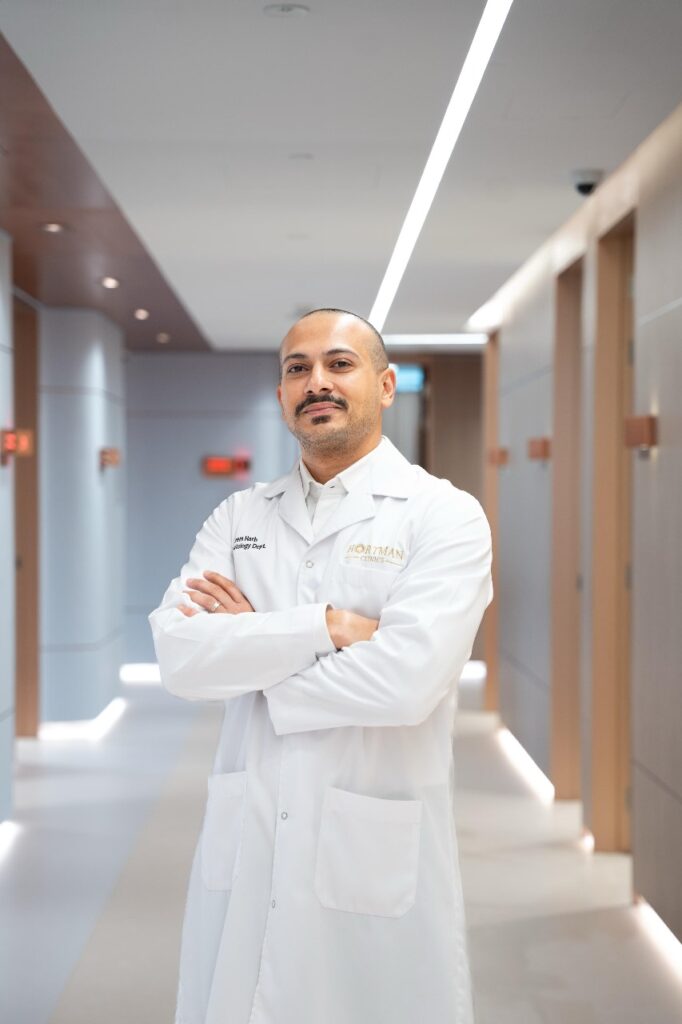
TE: Morpheus8, Ultherapy, PRP… these names are everywhere, but some women don’t know the difference. Can you explain what they do and how they compare?
KH: Morpheus and Ultherapy are both advanced energy-based devices. That means no scalpels and no injections, just heat, ultrasound, or radio waves applied through the skin. Morpheus uses radio frequency which is ideal for skin tightening and improving texture, while Ultherapy uses ultrasound technology best suited for lifting and contouring.
Meanwhile, PRP (Platelet-Rich Plasma) is an injectable treatment that uses growth factors derived from the patient’s own blood to stimulate natural rejuvenation. It can be performed as a standalone procedure or combined with other treatments to enhance overall results.
TE: With so many options available – tightening, lifting, hydration, collagen stimulation – it can be confusing. How can patients know which treatment is best for them?
KH: It’s true, the options today can feel overwhelming. That’s why I always start with a thorough consultation. We look not just at the skin, but at a patient’s lifestyle, commitments, budget, and goals. From there, I design a plan that’s realistic and sustainable. My job is to translate the science into something simple: what will genuinely work for you. It’s about cutting through social media noise and industry hype, and focusing on treatments that deliver natural, long-term results without unnecessary extras.
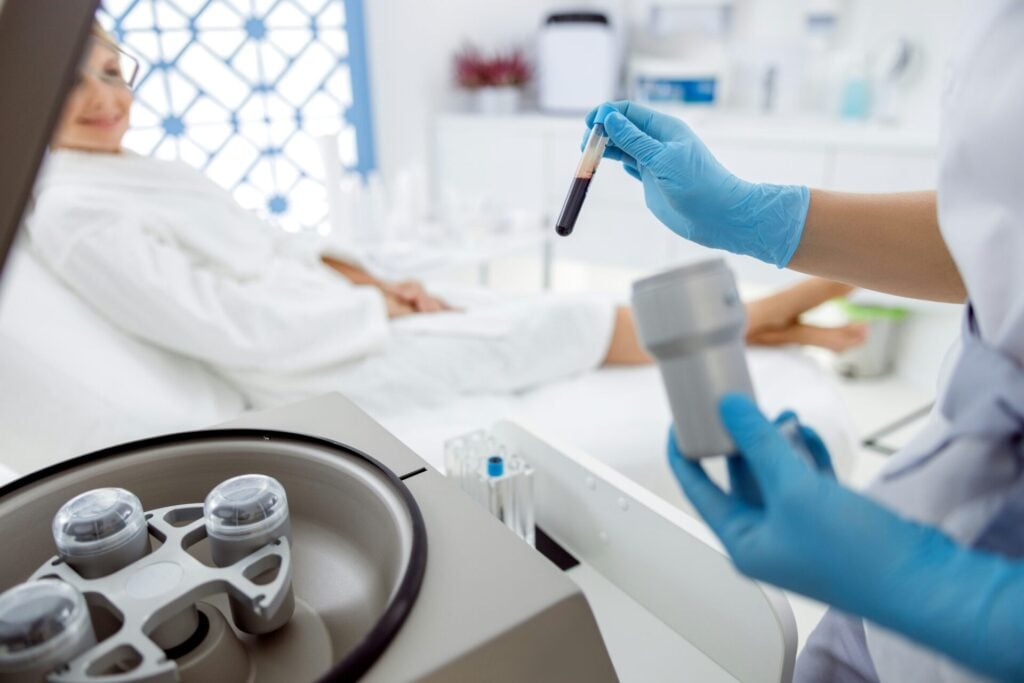
TE: A lot of women worry that injectables are full of chemicals. Are some treatments considered more natural because they stimulate the body’s own repair systems rather than adding anything artificial?
KH: Not all treatments rely on injectables, many work by stimulating the body’s own repair systems. Energy-based devices like Morpheus and Ultherapy as we mentioned earlier, encourage the skin to produce more collagen and elastin, which are natural proteins already in your body. Even with injectables, some use hyaluronic acid, which is a substance we naturally produce in our skin to keep it hydrated.
Ultimately, the true power of aesthetic medicine lies in its scientific foundation: treatments are built on evidence-based research and rigorous clinical studies before being introduced to the market, ensuring both safety and efficacy.
TE: For women in their 30s, 40s, and 50s, the right approach can vary hugely. How do treatment priorities shift with age, and which treatments tend to work best for each stage?
KH: Every face tells a different story, so age is only part of the picture. Genetics, lifestyle, even how much time you’ve spent in the sun can make someone in their 40s look younger than a friend in her 30s. In general, though, we do see certain patterns: women in their 30s often want to prevent early lines and keep their skin glowing; in their 40s, the focus shifts to firmness, jawline definition, and the first signs of volume loss; and by the 50s, it’s about restoring balance and supporting collagen for long-term strength.

While different age groups naturally present with distinct concerns, the cornerstone of any successful treatment is the initial consultation – and never to follow a one-size-fits-all formula. This is where we assess the individual’s unique needs and design a tailored plan that supports long-term skin health and confidence.
TE: For readers who prefer a more holistic approach, are there less invasive options you recommend before moving into injectables?
KH: While injectables aren’t considered invasive in our field, I understand that some patients prefer alternative approaches. Consistent, results-driven facials can make a real difference, especially those that combine exfoliation, hydration, and active ingredients to keep skin bright and healthy. For patients who want a little more, microneedling is a great bridge treatment, it uses tiny controlled punctures to encourage the skin to renew itself, improving texture and fine lines in a very natural way.
TE: There’s always talk about preventative treatments. At what age do you think women should start, and with what?
KH: Prevention isn’t about a magic age, it’s about timing. For some women, the first spark comes when they notice fine lines in the mirror, for others it’s seeing changes in a family member, the influence of social media, or simple curiosity. In your 20s and early 30s, prevention usually means consistent sunscreen, medical-grade skincare, and maybe light treatments like facials or gentle peels to protect your skin barrier. As women move into their late 30s and 40s, collagen support becomes more important, so treatments like microneedling or skin boosters can help maintain firmness before deeper lines set in.
This isn’t strictly an age-related conversation, but rather one about scientific evidence: how to protect the skin from environmental stressors and support graceful, long-term aging.
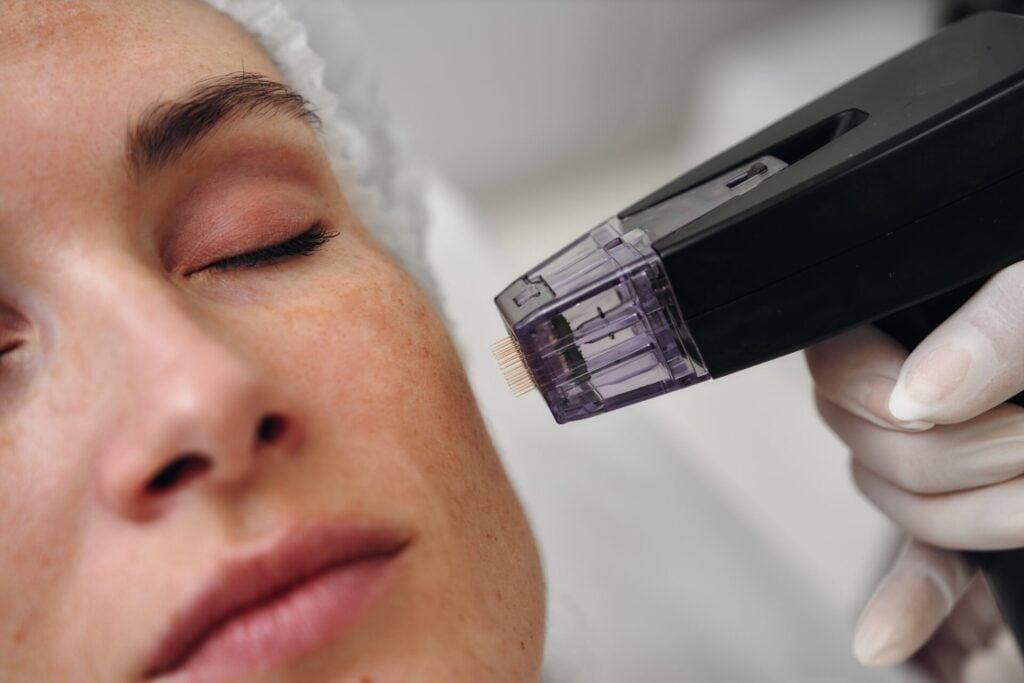
TE: Many women fear looking ‘overdone.’ What should patients ask their doctor to ensure results stay natural?
KH: The term ‘overdone’ is most often used to describe faces that have been overfilled. Injectables can be a double-edged sword but when approached conservatively and with a carefully structured treatment plan, they deliver natural, beautiful results. However, rushing procedures or overlooking proper intervals can lead to outcomes that patients may not be happy with. That’s why it’s essential for patients to openly share their expectations, ask questions, and fully understand their treatment options. Being well-informed is the key to achieving results that enhance rather than overwhelm.
TE: Some women fear layering. Is it safe to layer different treatments, and if so, how should people think about the order and timing?
KH: I prefer the term combination treatments, as we often use multiple approaches together to achieve the best possible results. Botox can safely be performed on the same day as a Morpheus treatment for example, or if the patient prefers, scheduled a week later to allow for personal comfort and peace of mind.
Details
To book an appointment with Dr. Karem Harb visit the Hortman Clinics website here.
Where: Hortman Clinics 1, 32nd Floor, Burj Al Salam Building, Sheikh Zayed Road, Dubai
Tel: +971 4 566 2615
Email: info@hortmanclinics.com
